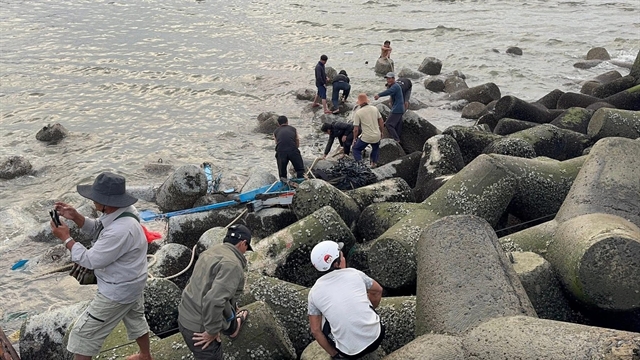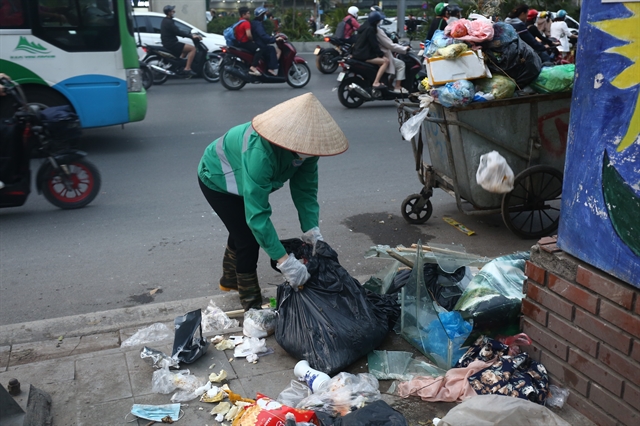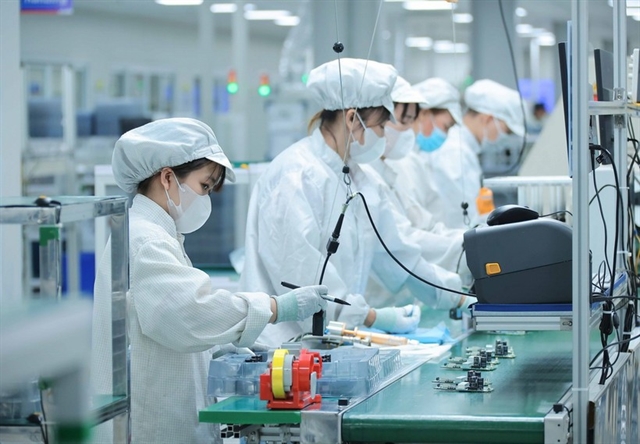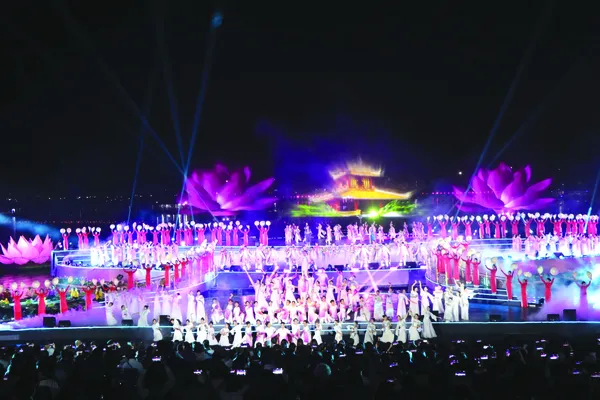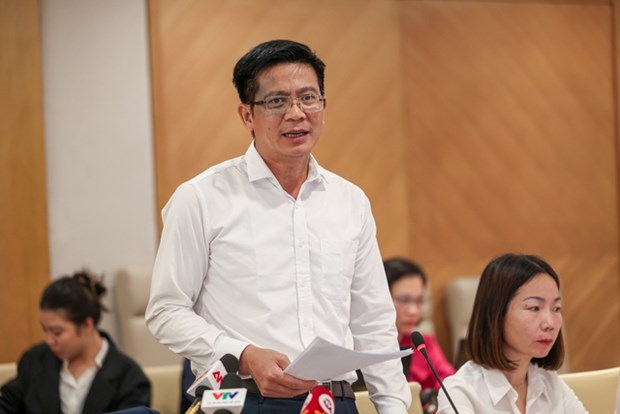 Economy
Economy

Ericsson has played a pivotal role in advancing Việt Nam's 5G development, marking a significant milestone in the country's digital transformation journey. Rita Mokbel, Head of Ericsson Vietnam, talked about the firm’s contribution to the counry’s 5G development
 |
| Rita Mokbel, Head of Ericsson Vietnam. |
How is Ericsson contributing to Việt Nam’s 5G development?
As you know, we have extensive global experience in 5G. Today, we power over 162 live 5G networks worldwide. Through these deployments, we have gained valuable experience and knowledge. Since 2011, we have also been driving digital transformation and have over 60,000 patents. We are recognised as a leader in network technology, particularly in 5G. For the fourth consecutive year, we have been ranked as a leader in the 5G network infrastructure market analysis. This reputation comes with significant responsibility and experience.
In Việt Nam, we have been supporting our customers with 5G pilot projects since 2019. These pilots have helped us understand the specific needs of the Vietnamese market and have provided opportunities to test and refine our technology. As we move forward with 5G implementation, we will bring our latest, globally deployed, technology to Việt Nam, ensuring that our customers have access to the most advanced solutions from the start.
We will also leverage our existing 4G infrastructure in Việt Nam. Our 4G technology will serve as an anchor band for the non-standalone 5G approach, facilitating a smooth transition to 5G deployment. We are committed to fully supporting our customers, not only in deployment but also in market growth, sharing our learnings from other markets and introducing new use cases in Việt Nam.
Our commitment to Việt Nam includes building infrastructure, educating students and professionals and supporting our customers' go-to-market strategies. We are dedicated to helping build an end-to-end ecosystem that ensures success for both our customers and the government’s vision.
Given Ericsson's long-standing presence in Việt Nam, what specific challenges do you see the country facing in deploying 5G, and how is Ericsson addressing these challenges?
Our customers, as well as the Ministry of Information and Communications, have been very proactive in deploying pilots across the country to experiment with 5G technology. In addition to these efforts, we will provide a comprehensive solution that ensures easy integration with existing 4G networks. We expect the deployment to be smooth and will leverage our experience to ensure a seamless transition.
One of the general challenges we’ve observed both regionally and globally is accelerating adoption and increasing 5G traffic. There are several strategies to address this and our customers are exploring these options. Firstly, enhancing mobile broadband is crucial. Consumers expect 5G to offer a superior experience, such as higher-quality video streaming. 5G can provide up to ten times more capacity and handle ten times the traffic, with energy consumption potentially reduced by up to 30 per cent.
Another opportunity is leveraging 5G for fixed wireless access. This approach allows our customers to reach new segments where deploying fibre is challenging or costly. These customers are often willing to pay a premium for connectivity in these areas.
Additionally, 5G offers great potential for tapping into enterprise markets. With dedicated 5G networks or network slicing in a non-standalone approach, operators can provide tailoured connectivity and capabilities to enterprises, making their operations more automated and efficient. However, this also presents challenges, as operators need to gain deep industry knowledge to understand and meet specific requirements. We will work closely with our customers to bridge these gaps and help them become leaders in 5G development.
Could you provide an example of a successful 5G deployment or use case in Việt Nam, especially one involving other mobile operators with support from Ericsson and its partners?
In Việt Nam, Viettel has been a leading customer in piloting several private networks targeting sectors such as manufacturing and logistics. We anticipate that these efforts will continue to expand, with a growing focus on leveraging 5G technology.
The benefits of 5G are significant, as it enables digital transformation across various industries. In both India and Việt Nam, we expect manufacturing, mining, airports, and ports to be key sectors that will benefit from 5G. Notably, the Vietnamese Government aims to develop around 100 smart cities, which will require extensive automation. This goal will be supported by 5G and private networks, driving significant advancements in these areas.
How does Ericsson collaborate with local mobile service providers to ensure that Việt Nam remains at the forefront of 5G deployment?
Migrating from 4G to 5G requires a smooth transition to ensure optimal network performance and a positive customer experience. Therefore, we believe it is crucial to carefully plan the deployment process. We work closely with our customers to design the best network configuration for optimal performance. This involves determining the appropriate network settings and configurations needed for a successful transition.
With the non-standalone approach, 4G will continue to play a significant role, especially during the initial phase of deployment. This means there will be frequent handovers between 4G and 5G, which requires precise configuration. We bring our global expertise to ensure a seamless deployment. Additionally, our local teams, who have been involved in regional and global 5G rollouts, already possess valuable experience. We aim to combine this local knowledge with our global expertise to ensure a fast and smooth deployment.
When deploying 5G, security concerns are a major focus. How does Ericsson address issues related to securing the infrastructure?
Regarding security, the 5G platform is designed to be both secure and resilient. Ericsson addresses security from multiple angles, including standardisation, product development, deployment, configuration and operation.
Our security practices adhere to 3GPP standards, which form the foundation of our secure product platform. We ensure that security is integrated into our solutions from the design phase through to product development. This means our equipment is built with security as a core consideration.
During implementation, we focus on configuring networks to ensure their security and support our customers in maintaining secure operations throughout. Security is central to both our product development and the deployment of our networks, making it a key area of focus for us.

